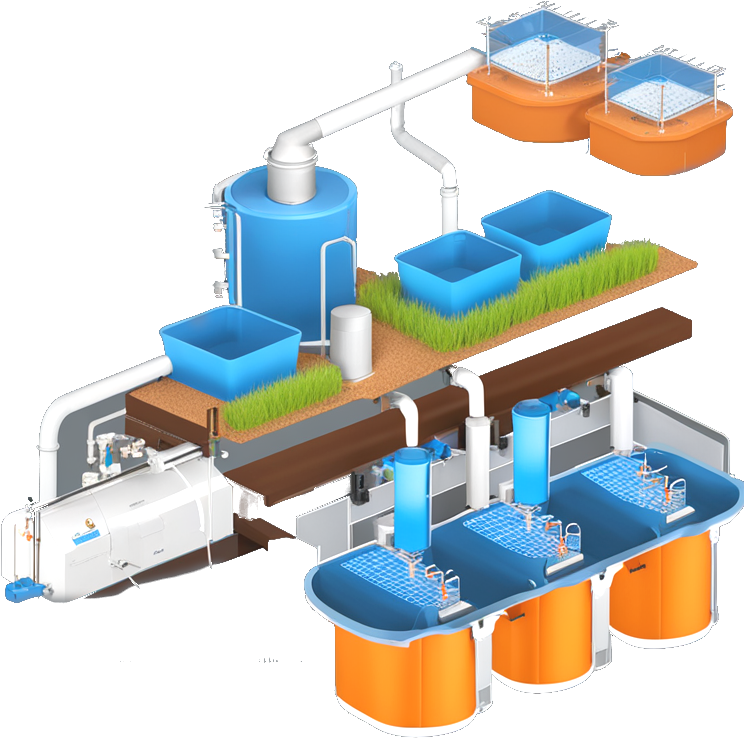About Smart Fertigation
Smart Fertigation System
An automated agricultural technology that focuses specifically on the precise and efficient application of water and nutrients to crops. It combines the processes of irrigation and fertilization into a single integrated system.



What is Smart Fertigation?
Smart Fertigation is a system that can be integrated into a Controlled Environment Agriculture setup to enhance nutrient management and further optimize crop growth within the controlled environment.
It combines the processes of irrigation and fertilization into a single integrated system. The primary goal of a Smart Fertigation System is to optimize plant nutrition by delivering the right amount of water and nutrients directly to the plant roots at the appropriate time.
key components and mechanisms
SMART FERTIGATION SYSTEM
Nutrient Reservoir
A nutrient solution reservoir, where water-soluble fertilizers are dissolved in water to create a nutrient-rich solution.
Delivery Pumps
Responsible for pumping the nutrient solution from the reservoir to the distribution network.
Distribution Network
Consists of pipes, tubing, and emitters that carry and deliver the nutrient solution to the plants.

Water Fertiliser Tank
Dosing Pump
pH Sensor
Sensor Zone with monitoring
Mixture Pump with EC Controller
Sensors & Monitor
Sensors play a crucial role in the Smart Fertigation System. Various types of sensors can be integrated to monitor soil moisture levels, pH levels, electrical conductivity (EC)
pH and EC Control
Smart Fertigation Systems often include mechanisms to adjust the pH and electrical conductivity (EC) of the nutrient solution.
Nutrient Mixing and Injection
Mixed and injected into the irrigation water just before it is delivered to the plants. This ensures that the right concentration of nutrients is maintained throughout the irrigation process
Smart Fertigation System
in Overall
In summary, a Smart Fertigation System is a component that can be integrated into a Controlled Environment Agriculture setup to enhance nutrient management and further optimize crop growth within the controlled environment.

